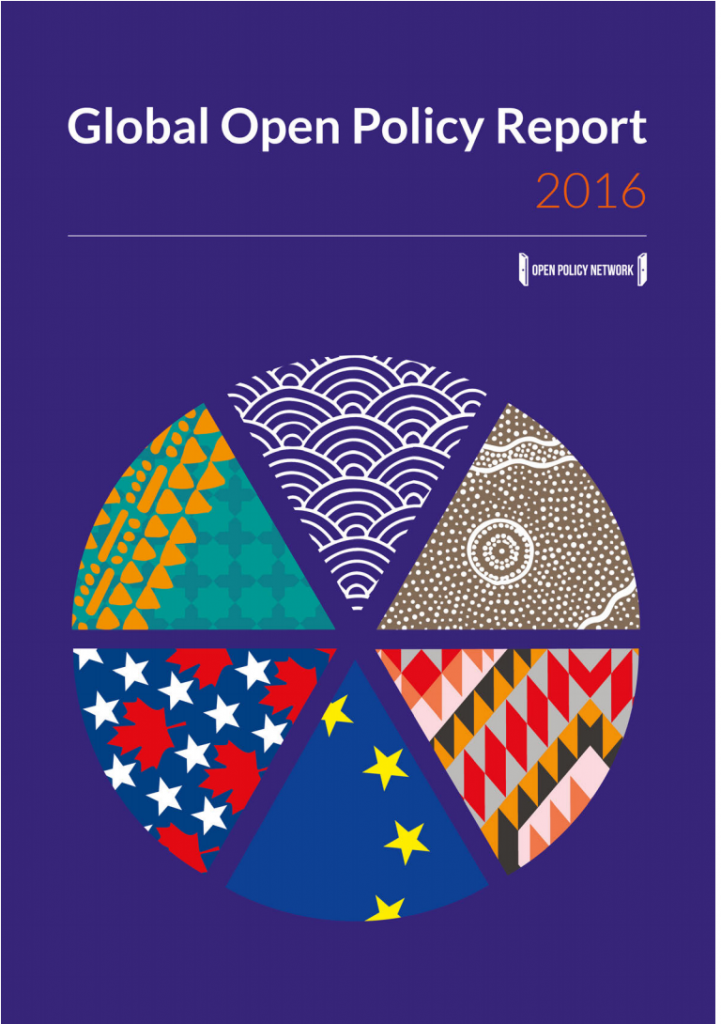Pratibha Mistry at The Water Blog (Worldbank): “The recently released Contextual Framework for Crowdsourcing Water Quality Data lays out a strategy for citizen engagement in decentralized water quality monitoring, enabled by the “mobile revolution.”
. Poor source water quality, non-existent or insufficient treatment, and defects in water distribution systems and storage mean these consumers use water that often doesn’t meet the WHO’s Guidelines for Drinking Water Quality.
The crowdsourcing framework develops a strategy to engage citizens in measuring and learning about the quality of their own drinking water. Through their participation, citizens provide utilities and water supply agencies with cost-effective water quality data in near-real time. Following a typical crowdsourcing model: consumers use their mobile phones to report water quality information to a central service. That service receives the information, then repackages and shares it via mobile phone messages, websites, dashboards, and social media. Individual citizens can thus be educated about their water quality, and water management agencies and other stakeholders can use the data to improve water management; it’s a win-win.

Several groups, from the private sector to academia to non-profits, have taken a recent interest in developing a variety of so-called mWASH apps (mobile phone applications for the water, sanitation, and hygiene WASH sector). A recent academic study analyzed how mobile phones might facilitate the flow of water quality data between water suppliers and public health agencies in Africa. USAID has invested in piloting a mobile application in Tanzania to help consumers test their water for E. coli….(More)”


